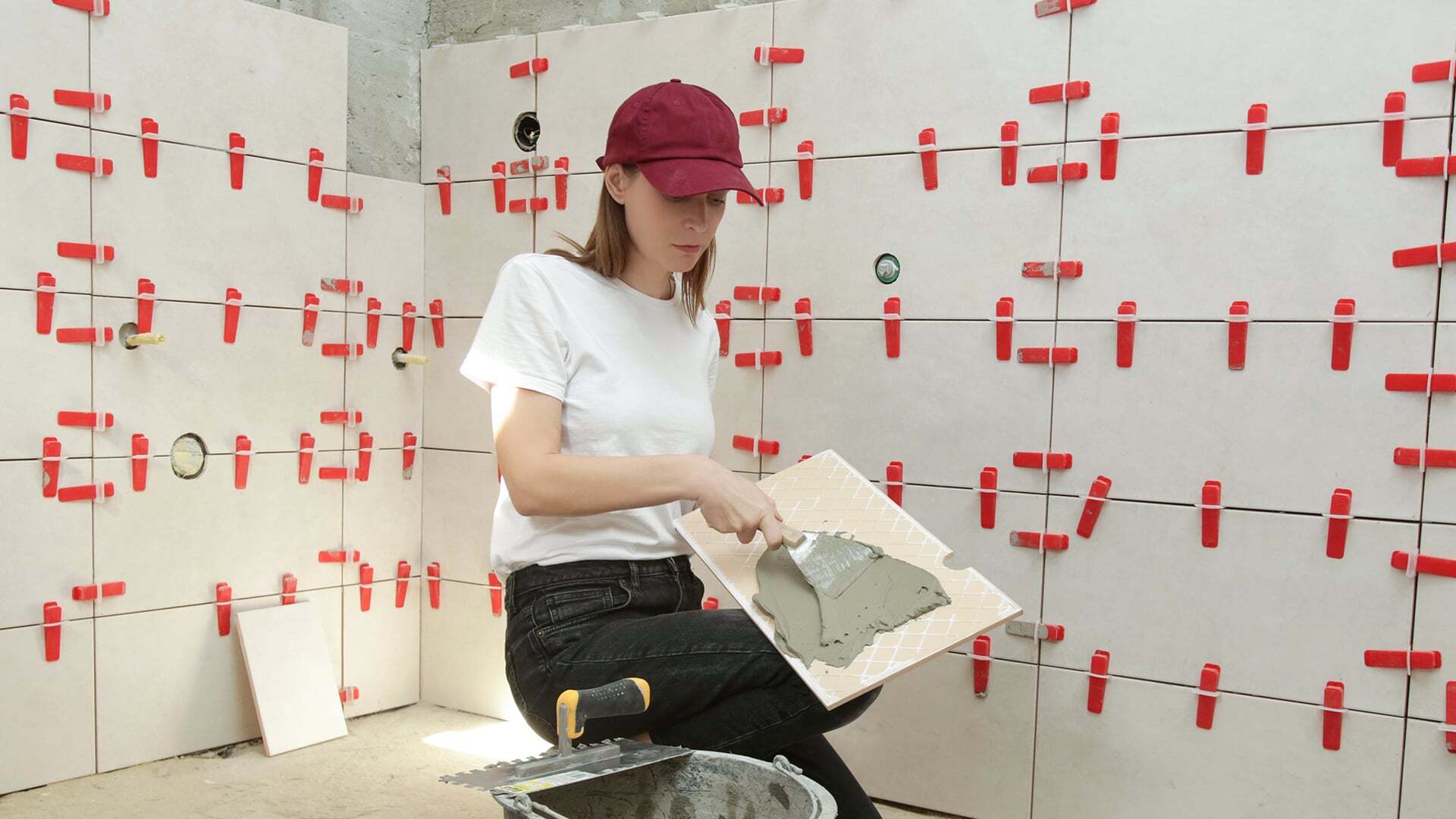Find the Right Partner, Take Your Brand to the Next Level
It may seem as if influencer marketing is a relatively new phenomenon. According a recent article in Forbes Magazine, it depends on one’s perspective. Marketers and consumers only began using the term “influencer” on a regular basis in the past ten years or so, and the word was only added to the English dictionary in 2019. At the same time, gladiators were known to endorse products during the Roman Empire.
When it comes to building product marketers, influencer marketing is still a novel strategy. It first began gaining traction in the mid-2000s with the rise of social media platforms such as Facebook and Twitter (now X). Influencers had their start in consumer and lifestyle brands and continue to flourish in that industry. In today’s marketplace, more B2B brands are seeing the benefits. Consider that hundreds of millions of people use social media on a daily basis to research products and often rely on influencers – and their social media feeds – to key in on trends. According to a recent study published by Sprout Social, a leading social media management platform, half of all marketers consider elevated engagement rates on social media platforms as the most valuable outcome that can be realized through influencer marketing.
With these combined forces at work, influencers are now permeating the building and construction industry, partnering with brands to test out products, provide testimonials, and merchandise their ability to deliver high-value audiences. Consider that the purchase of building materials for projects small and large require a certain level of investment. From the up-front costs to a feeling of near permanence once the product is installed, the transaction drives consumers of every stripe to seek out additional sources of authority.
Influencer Value: The Purchasing Decision
The building and construction industry is comprised of thousands of manufacturers producing everything from the smallest screw or fastener to large, complex building envelope and insulation solutions. This makes product specification a complex endeavor for pros, and also means an arduous material selection process for DIYers and homeowners. Those homeowners often have an idea of what they seek from an aesthetic perspective. They also place a high value on durability and resilience. Then come all the important questions to answer: Who has the best product? What proof points are discernible to make an informed decision? What trusted sources are available when making a purchase decision?
Influencers can serve in a pivotal role in this conversation, particularly when they are trained professionals who understand how building and construction materials work. Influencers allow homeowners, contractors, installers, and builders to take a deep dive into a product’s performance, testing, installation, and much more through the lens of someone who has standing. As a building materials manufacturer, when your brand’s product is in an influencer’s hands, you create a scenario where the influencer’s experience and feedback on your product can drive credibility with prospects and customers. When done right, influencers can expose your brand and products to the masses to increase awareness, engender trust, and boost sales.
The goal of influencer marketing is to have a measurable impact on the purchasing decision. Influencers range from micro-influencers with niche audiences to macro-influencers and industry experts with widespread recognition. The key to successful influencer marketing for building product brands lies beyond how many eyeballs will see your product. The smart strategy is to partner with influencers whose values and content align with your brand's overall message. It is also critical to ensure that your influencer strategy is integrated with your other efforts on paid, earned, and owned media channels.
How Influencers Deliver Value to Building Products Brands
Before your building materials brand considers investment in an influencer marketing strategy, it is important to better understand how the right influencer can deliver value to your marketing efforts. Beyond driving awareness, an influencer can elevate the credibility of your brand and serve as independent, third-party verification of the features and benefits of your products.
- Authenticity: Influencers are trusted voices in their communities. When they endorse a product, their followers perceive it as a genuine recommendation rather than a traditional advertisement. This authenticity is particularly valuable in the construction industry, where trust and reliability are paramount. Material selection is a major burden for builders and homeowners. Familiarizing them with your products and boosting confidence in your brand can be a game changer.
- Niche expertise: Influencers in the construction industry often possess specialized knowledge and experience. They can provide valuable insights, demonstrate product applications, and address common technical questions. This expertise enhances the credibility of the promoted products because someone else is saying it, not you. It also breaks a common barrier for purchasers by making the products much more understandable. When a buyer comprehends a product to a greater degree, the likelihood of purchase increases.
- Visual appeal: Many products in the construction industry are inherently visual. This allows influencers to create engaging content that showcases the practical use of building materials, from installation videos to before-and-after transformations that highlight the looks of the materials. This is particularly true for materials such as siding and other facade products, kitchen materials, windows, flooring, outdoor products, and more. An influencer’s ability to effectively showcase the visual appeal of a building material is one of the factors that resonates most with both professionals and DIY enthusiasts.
The Impact of Influencers: B2B Benefits
Influencers have found their place in B2B markets. But how can partnering with one benefit your organization?
- Increased brand awareness: Collaborating with influencers exposes your brand to a broader audience. An influencer’s followers who may not be familiar with your brand gain that awareness through the influencer’s content. When your product makes it into their posting schedule, you get critical exposure to more people who discover your product.
- Enhanced credibility and trust: Influencers' endorsements carry weight even when the post or video is sponsored. Genuine reviews and demonstrations lead to higher consumer confidence in the promoted products.
- Direct engagement with the target audience: Influencer marketing allows for direct interaction with your target audiences. Brands can engage with potential customers through comments, questions, and discussions on social media platforms as well. Depending on your relationship with your influencer of choice, you may have some control over the message and how that message is delivered. Strategic collaboration with a paid influencer gives your organization more control over the message, even though the influencer will likely disclose that the message is “sponsored.”
- Improved SEO and online awareness: Influencers often share content on their blogs and social media pages, generating backlinks to your brand’s digital assets. Such backlinks give the influencer’s followers a readily accessible pathway to continue their discovery of your brand on their own. Plus, improved SEO through engagement with an influencer can drive additional organic traffic to your website and social channels.
Strategies for Effective Partnerships
Your marketing team has decided to explore influencer marketing and potentially make it part of your company’s marketing efforts. Where do you begin? Here is a step-by-step guide.
- Setting your objectives. The first step in any influencer marketing campaign is to set clear objectives. What is the goal of the campaign? Are you aiming to increase brand awareness, drive traffic to your website, generate leads, or boost sales? Defining your objectives will shape your overall strategy and ensure your efforts are aligned with greater organizational goals.
Additionally, consider who your target audience is. An influencer strategy focusing on contractors would require selecting a much different influencer than one aimed at influencing homeowners and DIYers.
It is also essential to establish KPIs to measure success, such as engagement, awareness, click-through rates, conversions, and overall ROI. These should be defined up front to track progress as the influencer relationship unfolds. - Identify the right influencers. Selecting the right influencers for your specific brand is crucial. Building material manufacturers should consider factors such as the influencer's reach, style, audience demographics, engagement rates, history of success, and more. Starting with a social listening exercise can be helpful to pinpoint leaders who are actively contributing to the industry conversation. Then, define your target audience, metrics, and goals and have conversations with potential influencers on real-world examples of their performance history.
Keep in mind the social channel, as well. YouTube may be the prime promotional tool for one influencer, which could be to your benefit if it is in line with your goals. However, if the majority of your audience is on Instagram, be sure that your influencer of choice has a robust Instagram following. Take time to assess your needs and how the influencers at your disposal align with your targets.
Ultimately, influencers with a greater number of followers and higher engagement rates will likely generate more awareness for your brand, but these influencers will also come with a higher price tag. Therefore, budget is one of the main considerations when it comes to identifying an influencer. Find an influencer that will provide the optimal return on investment, someone who can reach your target audience, drive leads for your brand, and help meet your goals in a financially feasible manner.
In addition, there are influencer marketing platforms, such as Upfluence and Klear that can aid in identifying suitable partners. There are other critical questions to answer as well. Should you partner with one influencer that has greater standing and a more engaged following, or does it make sense to select more than one influencer so you are exposed to different audiences? All of this should be driven by budget and desired outcomes. - Set the rules of engagement. Once your brand has selected the right influencer or influencers for partnership, ensure you are transparent and candid with that influencer on how your brand will partner with him or her. Does the relationship involve direct payment to the influencer, or will he or she instead accept product in exchange for testing and promoting your solution? What do you get in return? How often with the influencer post about you? Over what time period? In what form? These transactional considerations are important when gauging the ROI of your investment, and setting expectations up front for everyone involved can help drive success.
- Build genuine relationships. Long-term relationships with influencers yield better results than one-off collaborations. Brands should invest in nurturing these relationships, providing influencers with the necessary support, products, materials, and resources to create authentic content. Building trust with the influencer will bode well for your brand in the long run.
- Co-create authentic content. Influencers understand their audience best. You know the industry and your products. However, giving your influencer partner creative freedom to co-create content ensures authenticity. While it is wise for your brand to provide structure and guidelines, it is important to avoid micromanaging the content creation process. Doing so could impact your influencer’s authenticity, which will be apparent to viewers.
Consider integrating your influencer into critical brand moments for your organization. Invite them to be a guest at a tradeshow, serving as a recognizable extension of your brand, or to be part of a customer national sales meeting. Doing so will increase the credibility of your organization, allow the influencer to engage with your brand and its stakeholders in a meaningful way, and ultimately enhance your relationship with them. - Test and learn, and measure constantly. If your brand is just beginning to incorporate influencer strategies into your marketing paradigm, a test-and-learn approach is often the most advisable. Identify a modest sum in your budget to get started, and set clear objectives and anticipated outcomes. Measure KPIs on a regular basis, which will enable you to adjust as you go. This may mean changing the terms of engagement with a specific influencer or changing influencers altogether. As you develop your program, it will be important for your team to track and confirm key metrics such as engagement rates, reach, conversions, leads, and ROI on a regular basis. Analytics tools and performance reports can provide valuable insights.
Harnessing Influencers for Brand Growth
Influencer marketing offers great potential for brands in the building materials sector to spread awareness of their products and educate customers. By leveraging the reach, authenticity, and expertise of industry influencers, manufactures can enhance their credibility, build brand awareness, and engage directly with their target audience through a whole new medium.
As the industry evolves and social media grows, influencer marketing will continue to have an impact on the industry. Partnering with the right one could be the catalyst your organization needs to reach the next level.
Related Blog Posts:
Let’s talk.
Have a specific marketing challenge? Looking for a new agency?
We’d love to hear from you.



